Introduction
Hydronephrosis is a common finding in pediatric practice and can result from a variety of underlying causes. Timely assessment and monitoring are essential for effective management.
Point of Care Ultrasound (POCUS) is an efficient way to screen the kidneys and bladder for major pathology. It is non-invasive and can be completed within minutes. Further, POCUS can be performed at the bedside and can be easily repeated to gauge the progression of pathology or the impact of interventions.
Why Ultrasound?
Patients often present to care with a variety of urological complaints from pain on voiding, urinary retention, flank pain and hematuria. In certain pediatric cases the symptoms might be vague or often have isolated fever without source initially. In cases of suspected urinary tract infection or obstruction, POCUS to evaluate for hydronephrosis in conjunction with relevant history can alert the physician to obtain further investigations.
Non-contrast computed tomography (CT) is the current standard for evaluation of suspected renal colic given its high sensitivity of 97% to 98% and high specificity of 96% to 100% [1]. However, the greater lifetime risk of radiation-induced cancer from CT, combined with the relatively low prevalence of renal colic in the pediatric population, suggests that ultrasound should be the initial test of choice [2]. Additionally, renal colic is often recurrent, with one study showing 67% of pediatric patients with nephrolithiasis having two or more renal colic episodes in a 5-year span [3]. Given the frequent need for diagnostic imaging in such patients, it is reasonable to consider ultrasound as a first line diagnostic test, considering its high sensitivity and specificity. In a pediatric population, the sensitivity and the specificity of renal POCUS are 76.5% and 97.2% respectively [4]. Additionally, POCUS enables earlier diagnosis and faster treatment of renal colic [5].
A landmark study published in 2014 by the New England Journal of Medicine conducted at 15 emergency departments compared the accuracy of POCUS and CT scans as the initial imaging method for patients with suspected kidney stones [6]. The authors found that there was no significant difference between POCUS and CT scans with regards to the following:
-
- Diagnostic accuracy, recurrent emergency department visits or hospitalizations.
- Incidence of high-risk diagnoses with complications, serious adverse events and average pain score.
The POCUS group, however, had a significantly lower dose of cumulative radiation exposure compared to the CT group. This NEJM study concluded that POCUS should be the first screening tool for patients with suspected kidney stones [6]. It is important to keep in mind that ultrasound is less sensitive than CT in identifying urolithiasis, especially ureteric stones and smaller stones [7].
While comprehensive ultrasounds performed by radiologists can evaluate the entire urinary tract for obstruction and, if visualized, can estimate stone size, it is technically quite challenging and optimal imaging conditions are difficult to obtain at the bedside. As such, our goal with renal POCUS is not to identify stones, but rather to detect hydronephrosis – an important consequence of obstructive uropathy. The cutoff size for a significant kidney stone is around 5mm. Stones <5mm have a significantly higher chance (81-98%) of spontaneously passing while stones >5mm will have an exponentially lower chance (9-65%) of spontaneously passing [8]. While not 100% specific, there is evidence that patients with no or mild hydronephrosis on ultrasound are significantly more likely to have ureteral stones <5 mm and will likely pass them without the need for surgical intervention [9].

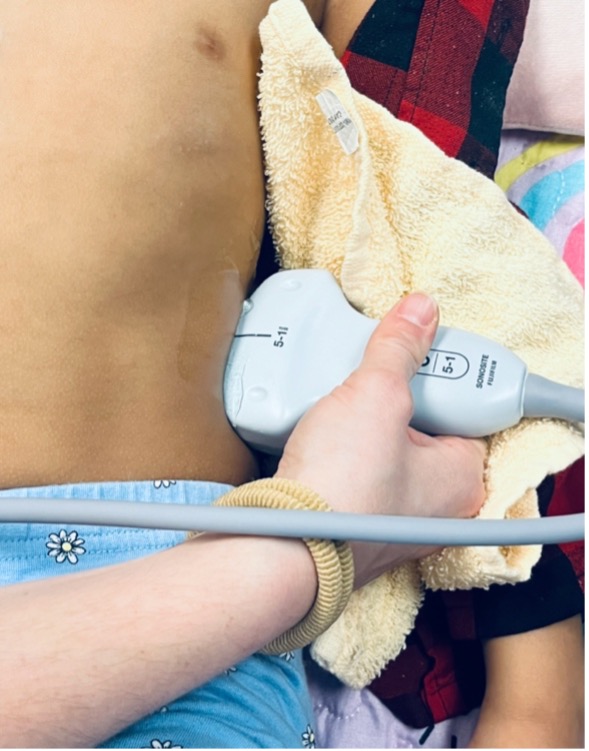
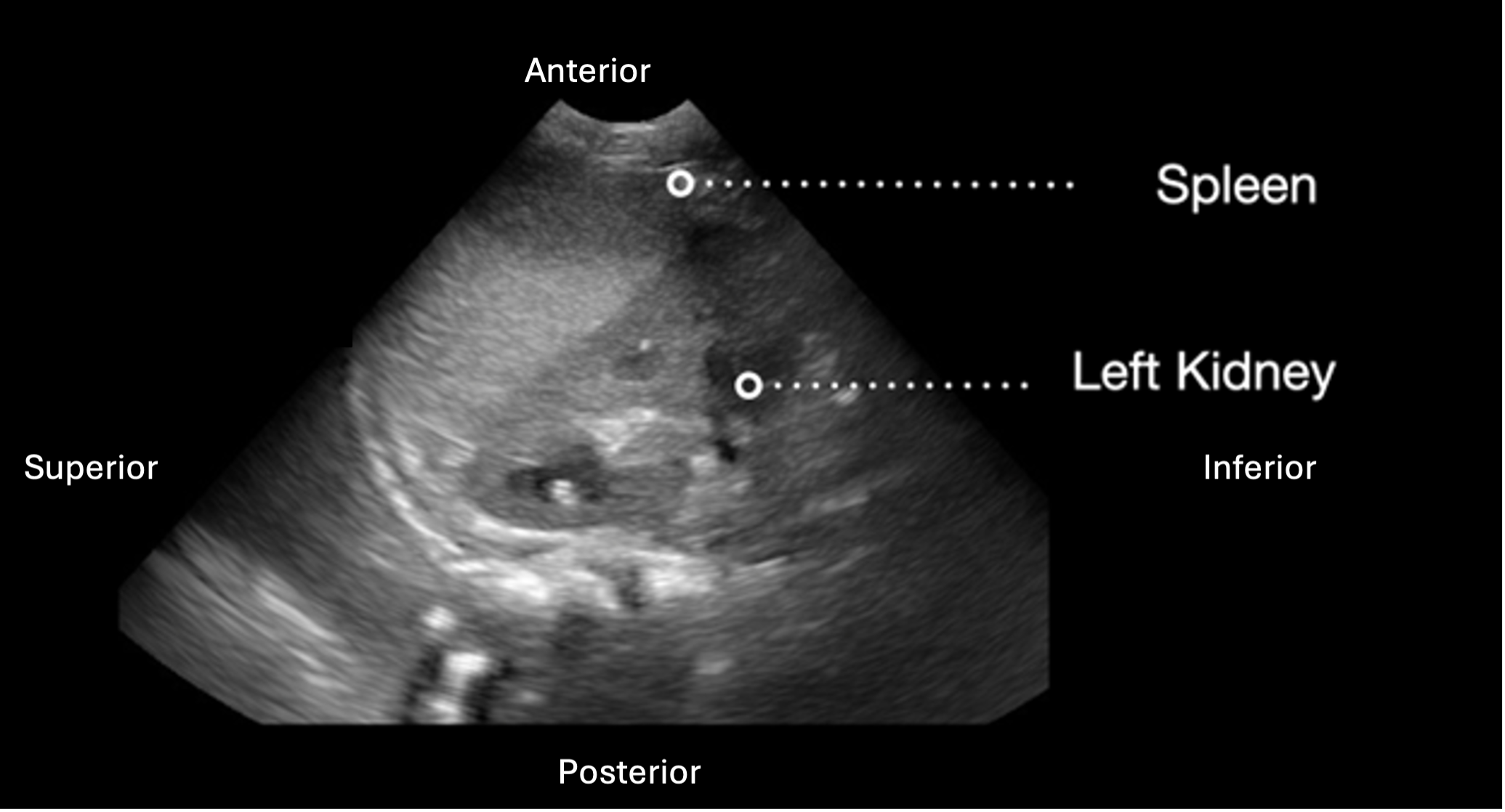 Figure 6: Longitudinal view of the left kidney with labeled image orientation and surrounding structures
Figure 6: Longitudinal view of the left kidney with labeled image orientation and surrounding structures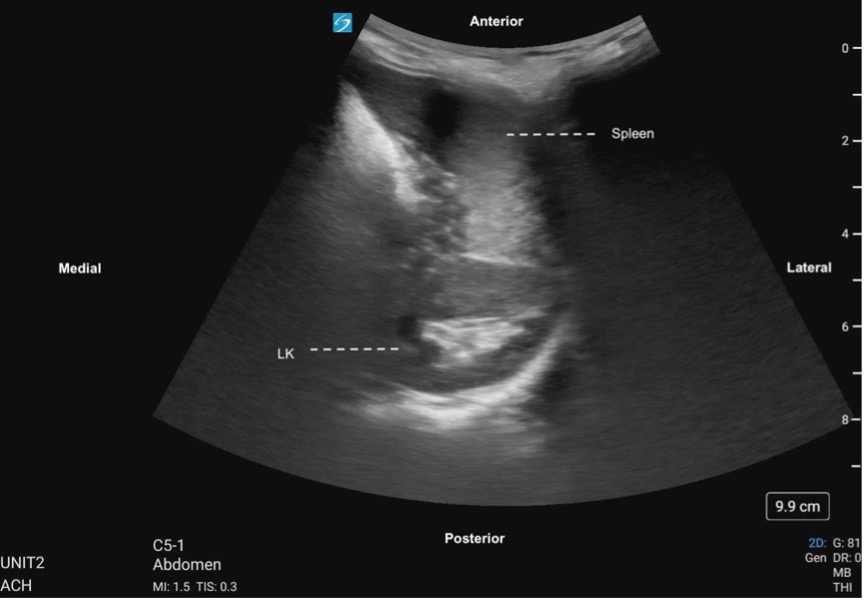 Figure 7. Left kidney transverse, labeled with image orientation and surrounding structures
Figure 7. Left kidney transverse, labeled with image orientation and surrounding structures

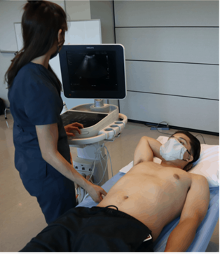
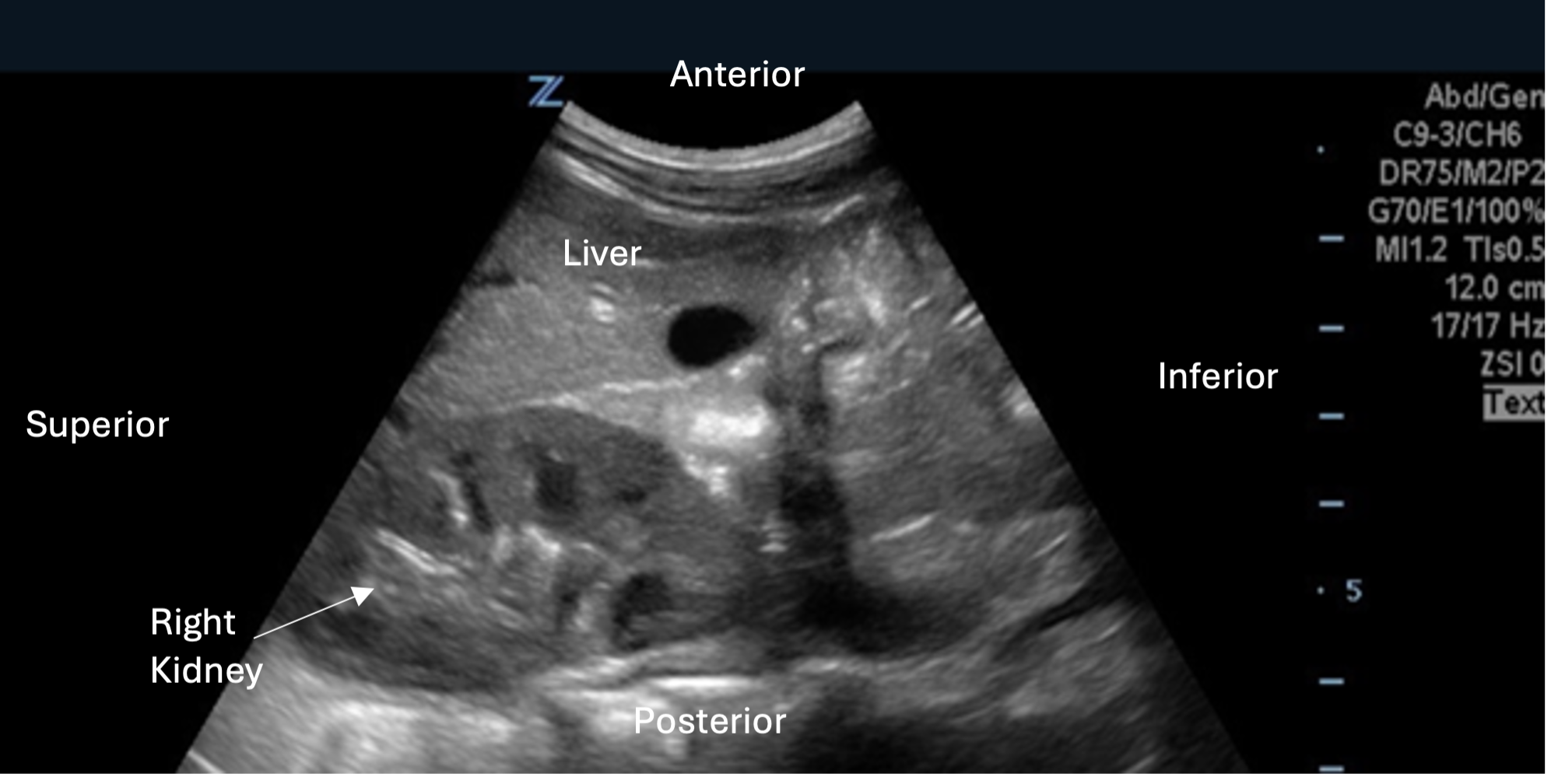 Figure 2. Longitudinal view of the right kidney with labeled image orientation and surrounding structures
Figure 2. Longitudinal view of the right kidney with labeled image orientation and surrounding structures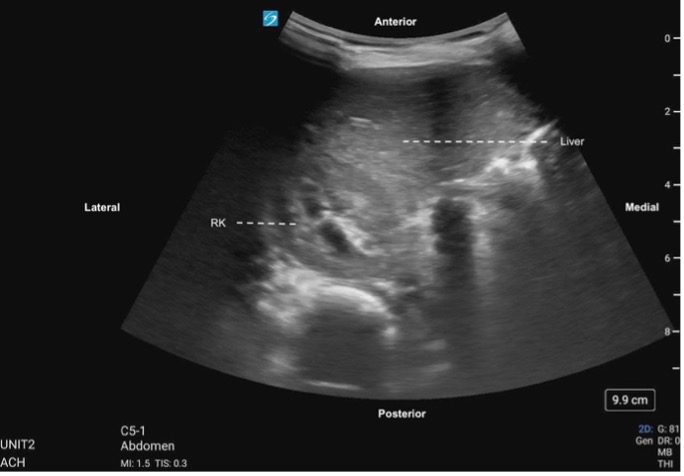 Figure 3. Right kidney transverse, labeled with image orientation and surrounding structures
Figure 3. Right kidney transverse, labeled with image orientation and surrounding structures